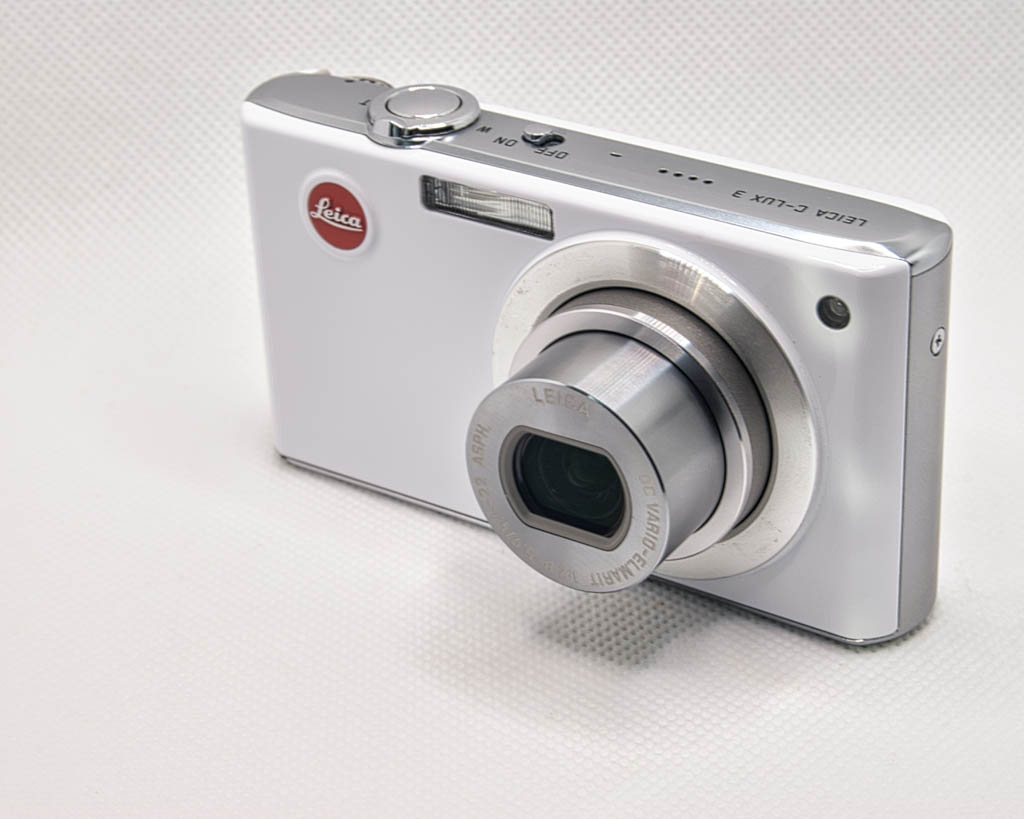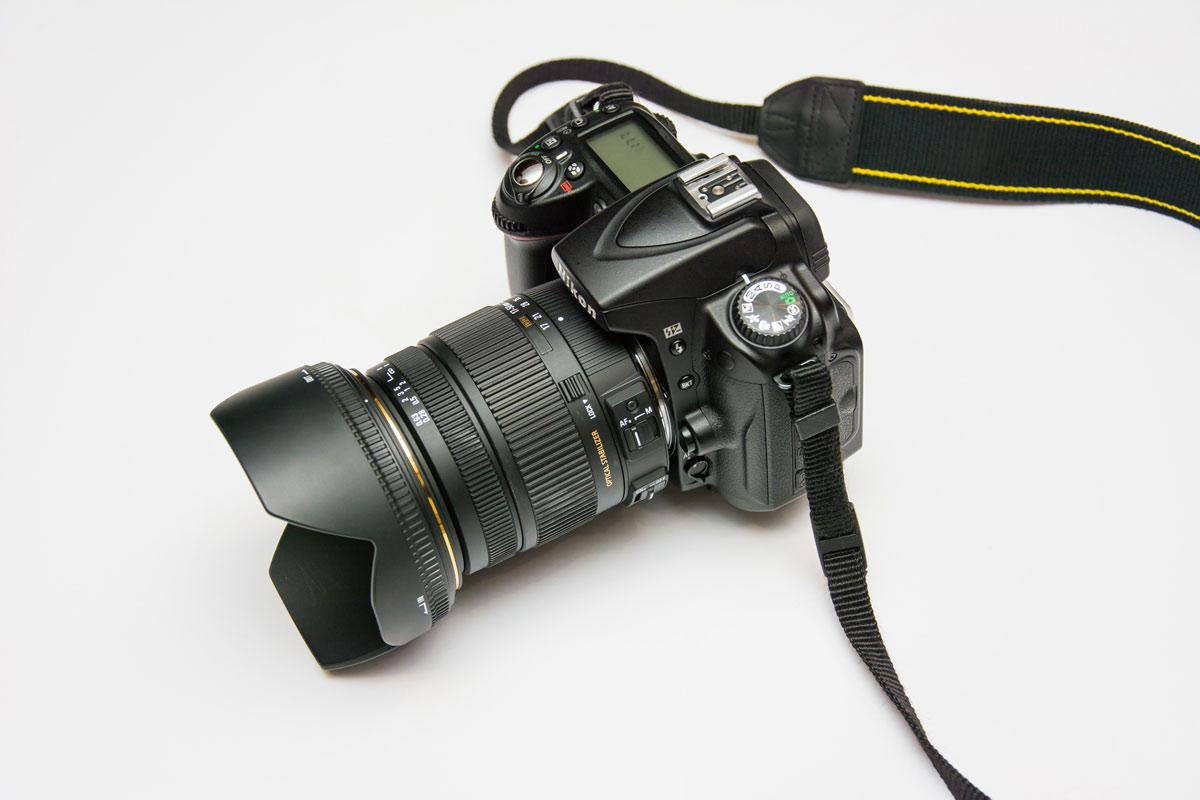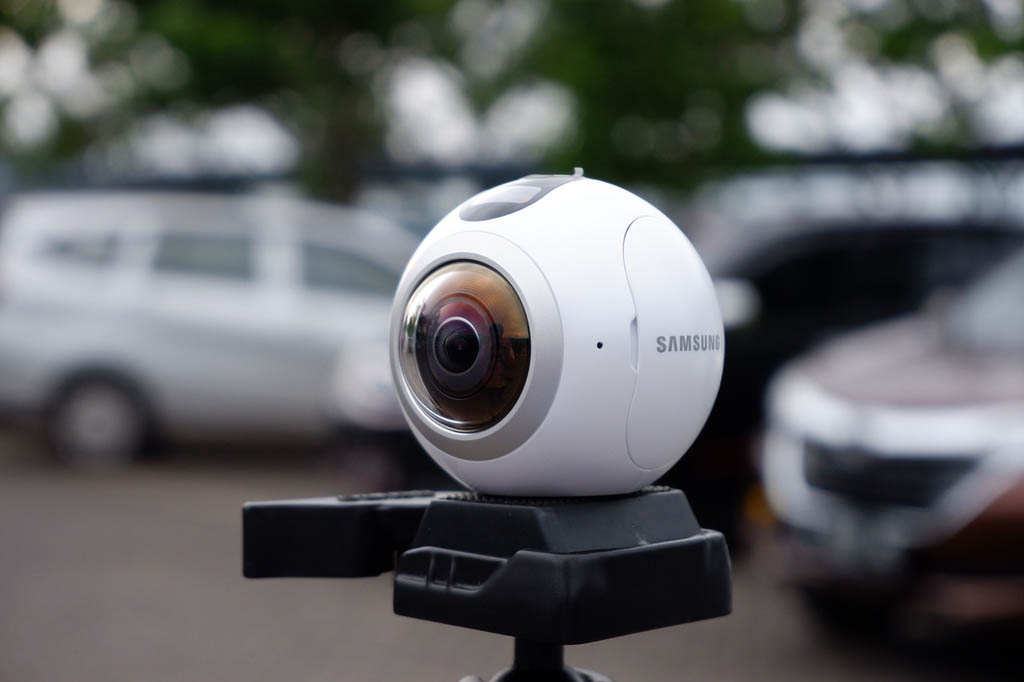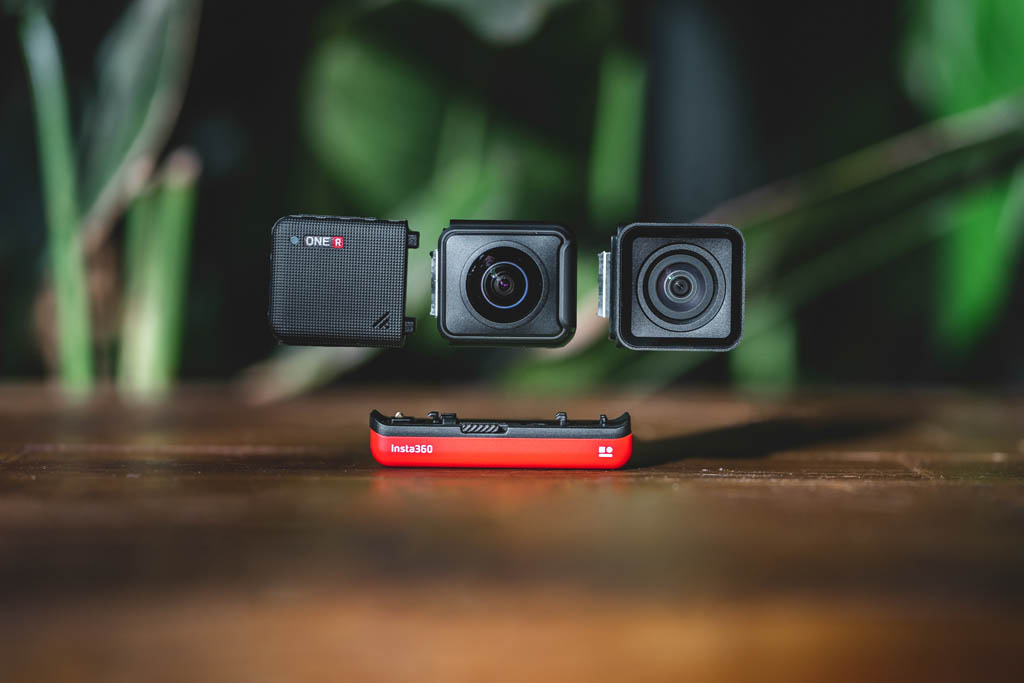Various types of cameras designed for diverse purposes and applications. Each type of camera possesses its unique features, capabilities, and advantages, catering to the specific needs and preferences of photographers and enthusiasts alike. In this exploration, we will delve into the world of cameras, unveiling the distinct characteristics of different camera types, from the classic film cameras to the cutting-edge digital and smartphone cameras.

Compact camera

A compact camera, also known as a point-and-shoot camera, is a small and lightweight camera that is easy to use and carry around. These cameras are designed for casual photography and are popular among people who want to capture memories of their travels, family events, and everyday life.
Advantages
One of the main advantages of compact cameras is their size and portability. They are small enough to fit in a pocket or purse, making it easy for them to be taken wherever you go. This means that a camera can always be with you to capture moments.
A fixed lens with a zoom range is usually used in compact cameras, allowing a variety of shots to be captured without having to change lenses. Automatic settings are also used in them. It makes easy to take good photos without having to worry about adjusting settings manually. Some advanced models also have manual controls and the ability to shoot in RAW format.
Another advantage of compact cameras is their affordability. They are generally less expensive than other types of cameras, making them a great option for people who want to take good photos without spending a lot of money.
Limitations
Despite their many advantages, some limitations are also associated with compact cameras. Smaller sensors than other types of cameras are used in them. Hence, it produces lower image quality, especially in low light conditions. Fewer manual controls and less flexibility when it comes to changing lenses and accessories are also provided by them.
Popular compact camera models
Some popular compact cameras include the Fujifilm X100V 1, Sony RX100 VII 2, Panasonic Lumix LX100 II 2, and Canon PowerShot G5 X Mark II 2.
Summary
In conclusion, a great option for casual photographers who want a small, portable, and easy-to-use camera is represented by compact cameras. They are affordable and can produce good quality images in most situations. However, some limitations when compared to other types of cameras are also associated with them. Experienced photographers may prefer to use a different type of camera for more advanced photography.
D-SLR camera

A DSLR camera, or Digital Single Lens Reflex camera, is a type of camera that is equipped with a mirror and prism system to direct light from the lens to an optical viewfinder. By using this system, the photographer is allowed to see exactly what the lens sees. It makes easier for the shot to be composed and focused.
Advantages
One of the main advantages of DSLR cameras is their versatility. Interchangeable lenses are used with these cameras. It allows different lenses to be used for different situations. For example, a wide-angle lens can be used for landscape photography, while a telephoto lens can be used for wildlife or sports photography. A wide range of accessories is also available for DSLR cameras, including flashes, filters, and tripods.
Manual controls are also provided by DSLR cameras that allow the photographer to adjust settings such as shutter speed, aperture, and ISO. Greater control over their images is given to experienced photographers and creative effects that would be difficult or impossible with a fully automatic camera can be achieved. The ability to shoot in RAW format is also provided by DSLR cameras, which provides greater flexibility when editing images.
Another advantage of DSLR cameras is their image quality. Larger sensors than most other types of cameras are used in them, which results in better image quality, especially in low light conditions. Greater dynamic range and less noise at high ISO settings are also provided by the larger sensors.
Limitations
Despite their many advantages, some drawbacks are also associated with DSLR cameras. They are larger and heavier than other types of cameras, which can make them less convenient to carry around. They are also more expensive than compact cameras and more knowledge and skill are required to use them effectively.
Summary
In conclusion, versatile and capable cameras are represented by DSLR cameras that offer many advantages over other types of cameras. Due to their interchangeable lenses, manual controls, and high image quality they are popular with both amateur and professional photographers. However, they are also larger, heavier, and more expensive than other types of cameras and more knowledge and skill are required to use them effectively.
360-degree camera

A 360 camera is a type of camera that captures 360-degree images and videos by using multiple lenses and sensors. The resulting images and videos can be viewed on a VR headset or on a smartphone or computer, allowing for an immersive viewing experience.
Advantages
One of the main advantages of 360 cameras is their ability to capture a full 360-degree view of the scene. This allows the viewer to look in any direction and feel as if they are actually there. 360 cameras are popular for creating virtual tours of real estate properties, tourist attractions, and events.
Another advantage of 360 cameras is their ease of use. They are usually small and portable, making them easy to carry around. They also have automatic settings that make it easy to capture high-quality 360-degree images and videos without having to worry about adjusting settings manually.
Limitations
Despite their many advantages, some limitations are also associated with 360 cameras. They can be more expensive than other types of cameras and require specialized software to view and edit the resulting images and videos. They also have fewer manual controls and less flexibility when it comes to changing lenses and accessories.

Summary
In conclusion, a unique and immersive viewing experience is provided by 360 cameras that offer many advantages over other types of cameras. They are popular for creating virtual tours and capturing events in a way that allows the viewer to feel as if they are actually there. However, they are also more expensive than other types of cameras and require specialized software to view and edit the resulting images and videos.
Action or Adventure camera

An action or adventure camera is a type of camera that is small, durable, and designed for capturing action and adventure. They are often waterproof and can be mounted on helmets, bikes, or other equipment. They usually have wide-angle lenses and can shoot high-quality video as well as still images.
Advantages
One of the main advantages of action cameras is their durability. They are designed to withstand rough conditions and can be used in situations where other cameras might be damaged. This makes them popular for capturing extreme sports and outdoor activities.
Another advantage of action cameras is their portability. They are small and lightweight, making them easy to carry around. They can also be mounted on a variety of equipment, allowing for hands-free operation.
Limitations
Despite their many advantages, some limitations are also associated with action cameras. They have fixed lenses and fewer manual controls than other types of cameras, which can limit their flexibility. They also have smaller sensors than other types of cameras, which can result in lower image quality, especially in low light conditions.

Popular adventure cameras
Some popular adventure cameras include the GoPro HERO10 Black 1, Olympus Tough TG-6 2, and DJI Osmo Action 3. These cameras are designed to be durable and able to withstand rough conditions, making them great for capturing action and adventure. They are often waterproof and can be mounted on helmets, bikes, or other equipment to capture hands-free footage.
Summary
In conclusion, a great option for capturing action and adventure is represented by action cameras that offer many advantages over other types of cameras. They are durable, portable, and easy to use, making them popular for capturing extreme sports and outdoor activities. However, they also have some limitations when compared to other types of cameras and may not be the best choice for all photography situations.
Medium format camera

A medium format camera is a type of camera that has a larger sensor than most other cameras, allowing for very high image quality. Professional photographers used medium format camera for commercial projects such as fashion or product photography.
Advantages
One of the main advantages of medium format cameras is their image quality. The larger sensors used in these cameras provide better image quality, greater dynamic range, and less noise than smaller sensors. It produces the highest possible image quality as required.
Another advantage of medium format cameras is their flexibility. They have interchangeable lenses and a wide range of accessories available, making them very versatile. They also have manual controls and the ability to shoot in RAW format, giving experienced photographers greater control over their images.
Limitations
Some limitations are also associated with medium format cameras. They can be quite expensive and are not as portable as other types of cameras. They also require more knowledge and skill to use effectively.

Popular medium format cameras
Some popular medium format cameras include the Fujifilm GFX 100S 1, Hasselblad H6D-50c 2, Hasselblad X1D 3, and Pentax 645Z 2.
Summary
In conclusion, a great option for professional photographers who require the highest possible image quality is represented by medium format cameras that offer many advantages over other types of cameras. They are versatile and capable cameras that are popular for commercial projects such as fashion or product photography. However, they are also more expensive and less portable than other types of cameras and require more knowledge and skill to use effectively.
Smartphone camera

Smartphone cameras have revolutionized photography, with compact yet powerful sensors and software enhancements that allow users to capture stunning images and videos on the go. These versatile cameras offer a range of features, including various shooting modes, manual controls, and image processing tools, making them accessible to both casual photographers and professionals.
The convenience of having a high-quality camera integrated into a device we carry everywhere has democratized photography, enabling us to document our lives, share experiences, and even create art with unprecedented ease.
As smartphone camera technology continues to advance, it blurs the line between dedicated cameras and mobile devices, offering a compelling option for capturing moments and memories.

Informitive
Fascinating